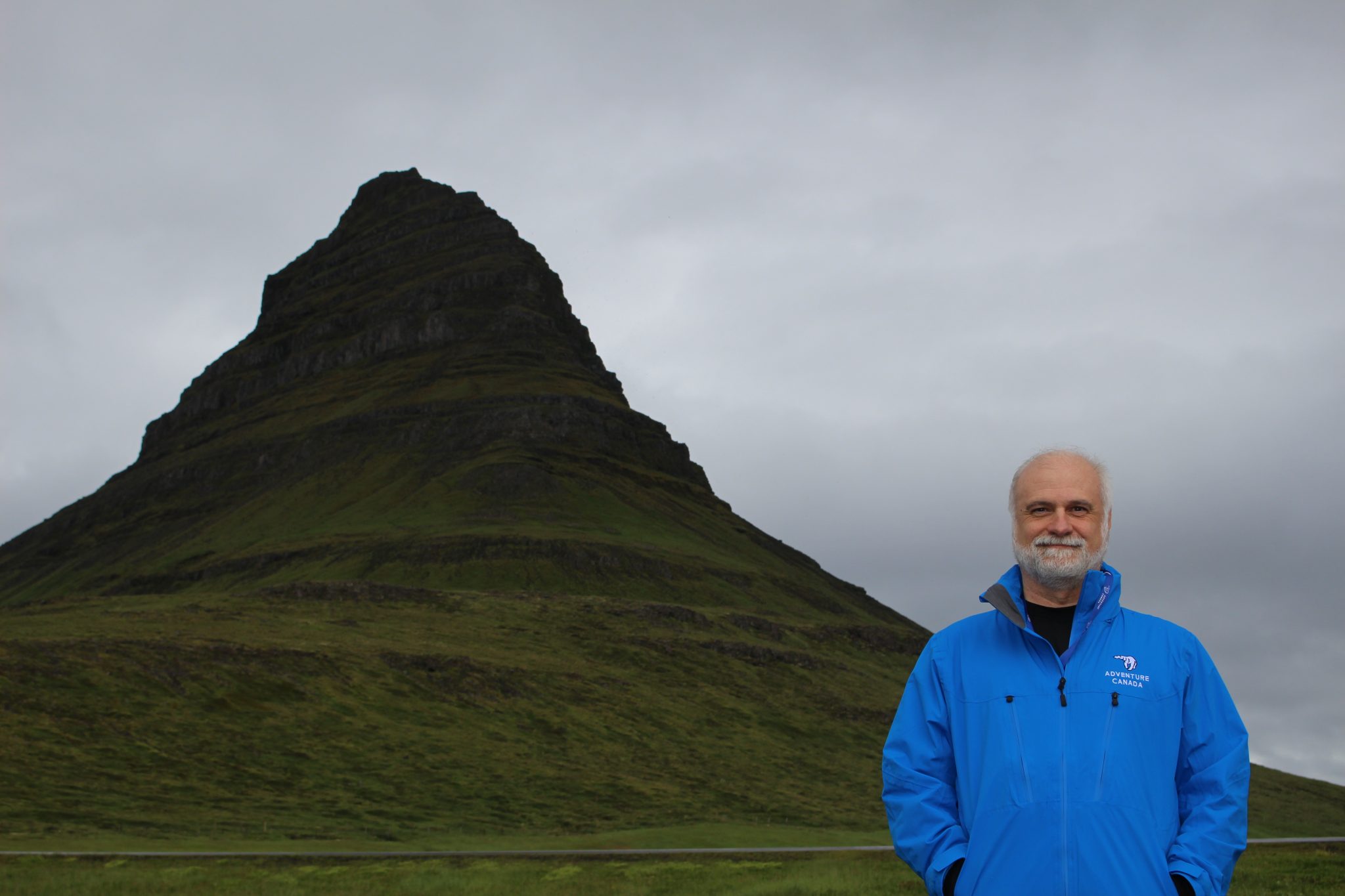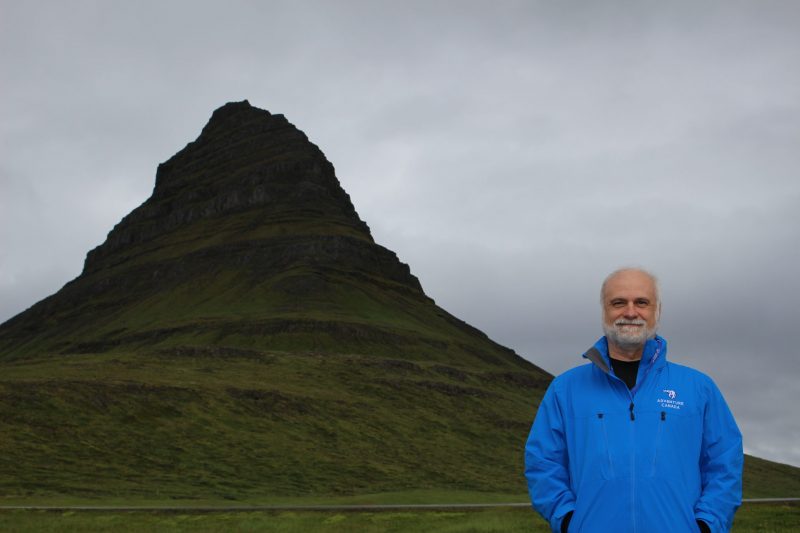Laurier professor informs UN and international policymakers through documentary films


Last year, Mark Terry premiered his documentary film The Changing Face of Iceland in front of some of the planet’s most important decision makers at the United Nations’ COP26 climate summit.
Terry is an award-winning documentarian and explorer, a contract faculty member at Wilfrid Laurier University’s Department of English and Film Studies and an adjunct professor at York University’s Department of Environmental Studies.
This was Terry’s third time screening a film in such a prestigious context. His 2009 film The Antarctic Challenge: A Global Warning and his 2010 follow-up film The Polar Explorer were also shown to UN COP attendees at previous conferences.
The latter film documented climate impacts in Antarctica. The former covered the first documented crossing of the Northwest Passage, a sea route connecting the Atlantic and Pacific oceans in the Canadian Arctic.
The Changing Face of Iceland explores climate-driven changes across a warming Icelandic ecosystem – a captivating topic, according to Terry, for two primary reasons.
“There is the melting ice and there’s also the volcanic eruptions that happen there quite frequently,” Terry said.
There is some difficulty, a little bit of a communications gap between the scientific community and the policy-making community in understanding this complex science.
Mark Terry, documentarian, explorer, contract faculty member in the WLU Department of English and Film Studies and adjunct professor at York University’s Department of Environmental Studies
The interaction between these two events unfolds in a fascinating(though complex) dance between water, land and magma.
“Whenever the glaciers melt, the weight of that ice comes off the ground and that causes an isostatic rebound effect. All the magma that’s kind of packed down with the ice on top is now free to flow,” Terry explained.
This newly freed magma might lead to an increase in volcanic activity on the island. Such an increase, Terry explained, is not just a problem for Icelanders.
In 2010, for instance, the Eyjafjallajökull (ay-uh-fyaat-laa-yow-kel) volcano erupted in Iceland and grounded most air travel throughout Europe for six days due to a vision-restricting ash plume.
The UN screens documentaries like Terry’s at climate conferences as a sort of conduit for digestible information.
“These films serve as a data delivery system which allows the policymakers to see first-hand the data that’s usually given to them in the form of academic reports,” Terry said.
“What we have to remember is that policy makers are not scientists … there is some difficulty, a little bit of a communications gap between the scientific community and the policy-making community in understanding this complex science.”
Creating these documentaries gives filmmakers like Terry a rare glimpse into some of our planet’s most unique ecosystems.
“They have 10,000 waterfalls [in Iceland], so everywhere you look there’s some beautiful waterfall … and usually you see a rainbow associated with that as well,” Terry said.
Filming in Iceland also gave Terry the opportunity to see(and swim in) Iceland’s famous Blue Lagoon, a geothermically heated swimming area that serves as something like an Olympic swimming pool-sized hot tub.
Terry said that his favourite part of experiencing Iceland during the film’s production was “seeing such an untouched and natural country that’s very very beautiful in a raw state.”

